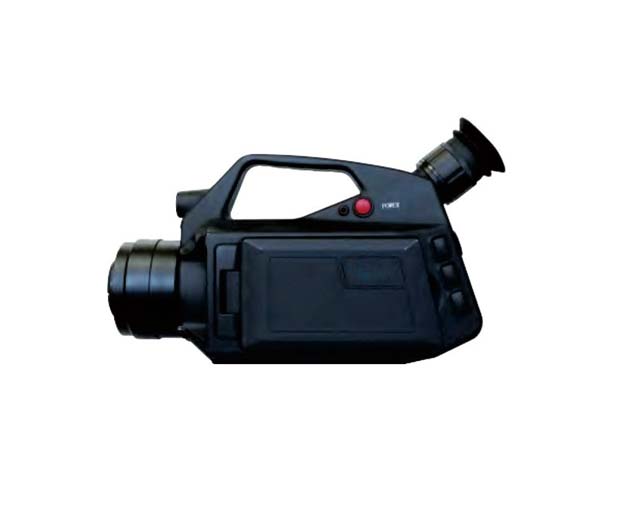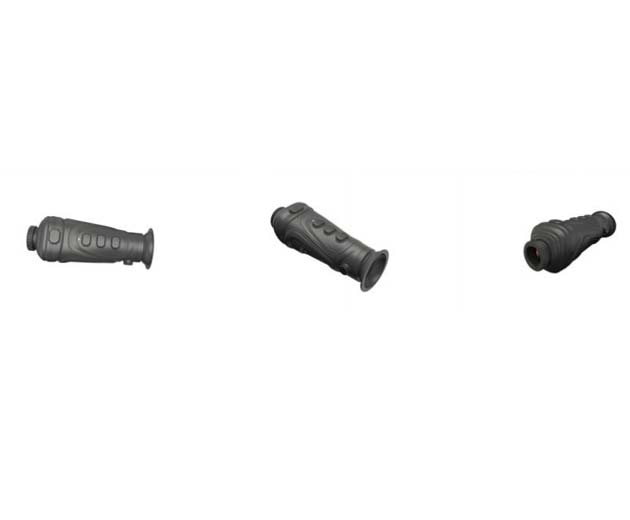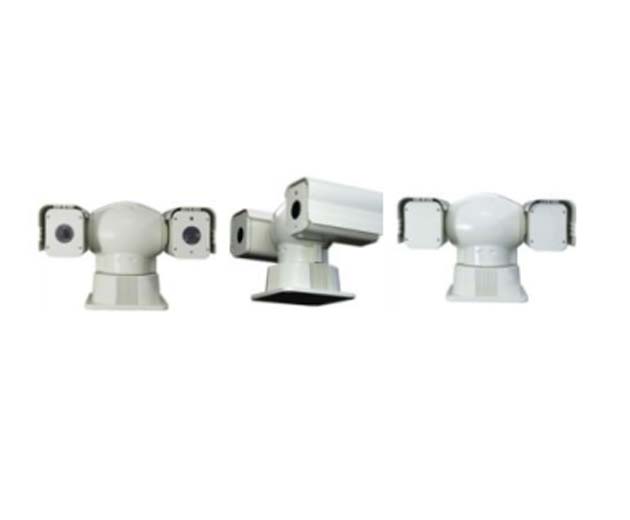Building inspections are a critical aspect of construction, maintenance, and safety. Whether it's a residential property, commercial building, or industrial facility, ensuring that a structure is in good condition is essential. Traditionally, building inspections relied on visual assessments, which often had limitations. However, with the advent of LWIR (Long-Wave Infrared) Micro Thermal Imaging, the game has changed. In this blog, we'll explore how LWIR Micro Thermal Imaging is revolutionizing building inspections, making them more efficient, accurate, and comprehensive than ever before.
Understanding LWIR Micro Thermal Imaging
LWIR Micro Thermal Imaging involves the use of compact thermal cameras that capture and visualize thermal radiation in the long-wave infrared spectrum. Instead of relying on visible light, these cameras detect the heat emitted by objects and convert it into high-resolution thermal images. This technology allows inspectors to see temperature variations and thermal anomalies that are invisible to the naked eye.
The Benefits of LWIR Micro Thermal Imaging in Building Inspections
Energy Efficiency Assessment
One of the primary applications of LWIR Micro Thermal Imaging in building inspections is evaluating energy efficiency. Inspectors can identify areas with poor insulation, thermal leaks, or drafty windows and doors. This information is invaluable for property owners looking to reduce energy consumption and lower utility bills.
Electrical System Inspections
Electrical problems can pose serious safety hazards. LWIR cameras, like infrared camera for electrical inspections, can detect overheating in electrical panels and connections, helping to identify potential fire risks. This proactive approach can prevent electrical failures and costly repairs.
Roof Inspections
Traditional roof inspections involve physically climbing on the roof, which can be dangerous and may not reveal hidden issues. LWIR Micro Thermal Imaging can detect roof leaks, moisture buildup, and insulation problems without the need for invasive measures, saving time and improving safety.
Fire Safety
LWIR cameras can identify hotspots in electrical systems or other equipment that could pose fire hazards. Early detection can prevent catastrophic fires and protect occupants.
Insulation Assessment
Proper insulation is essential for maintaining a comfortable indoor environment. LWIR Micro Thermal Imaging can evaluate the effectiveness of insulation materials, helping property owners identify areas where improvements are needed.
Conclusion
LWIR Micro Thermal Imaging has transformed the field of building inspections. Its ability to reveal hidden issues, assess energy efficiency, and identify potential safety hazards makes it an indispensable tool for inspectors, contractors, and property owners alike. By providing a non-invasive, comprehensive view of a building's thermal characteristics, LWIR Micro Thermal Imaging ensures that structures are safe, efficient, and built to last. As technology continues to advance, we can expect even more applications and innovations in the realm of building inspections, further enhancing the quality and safety of our built environment.




